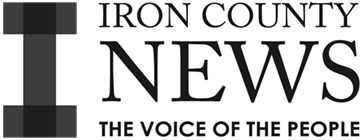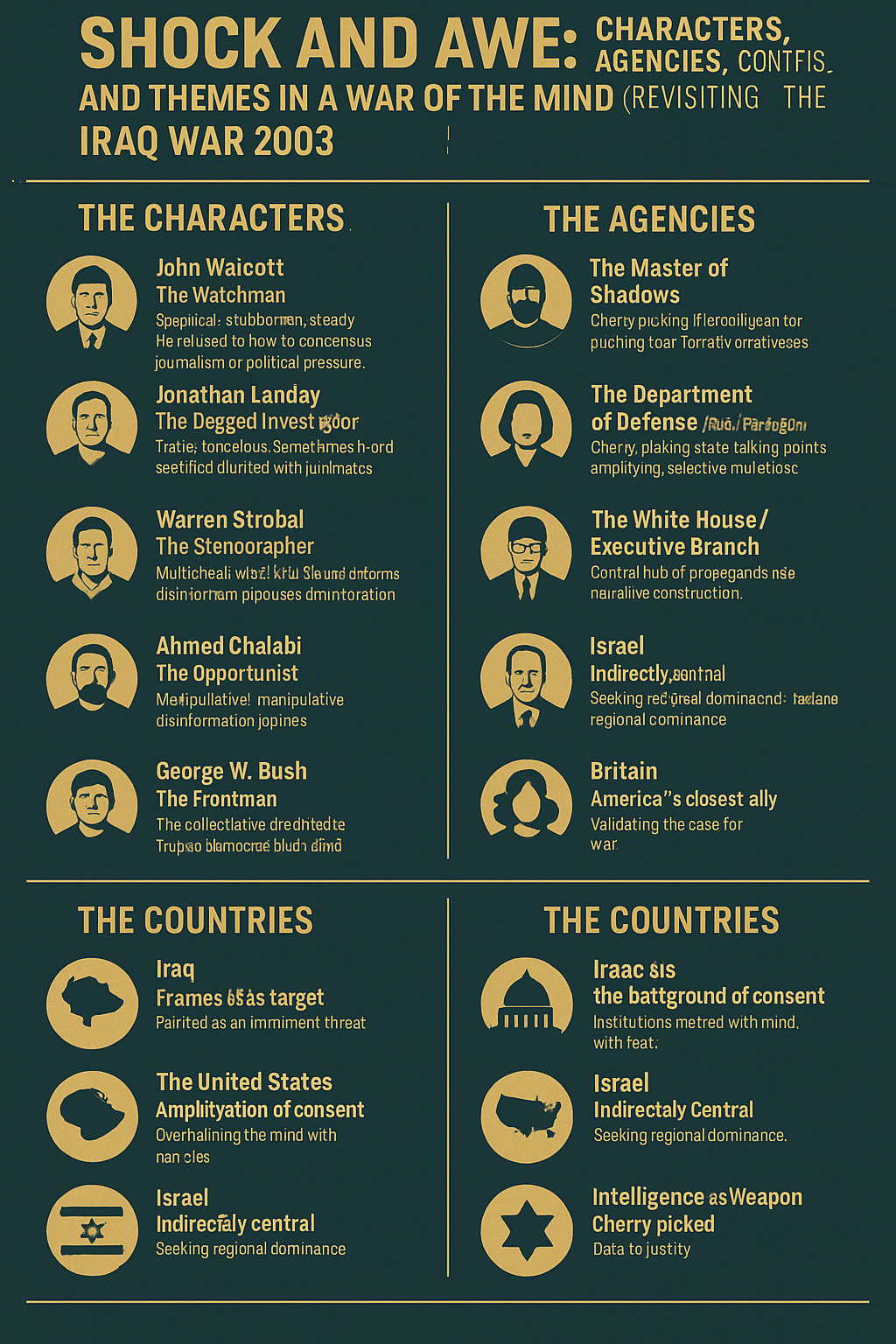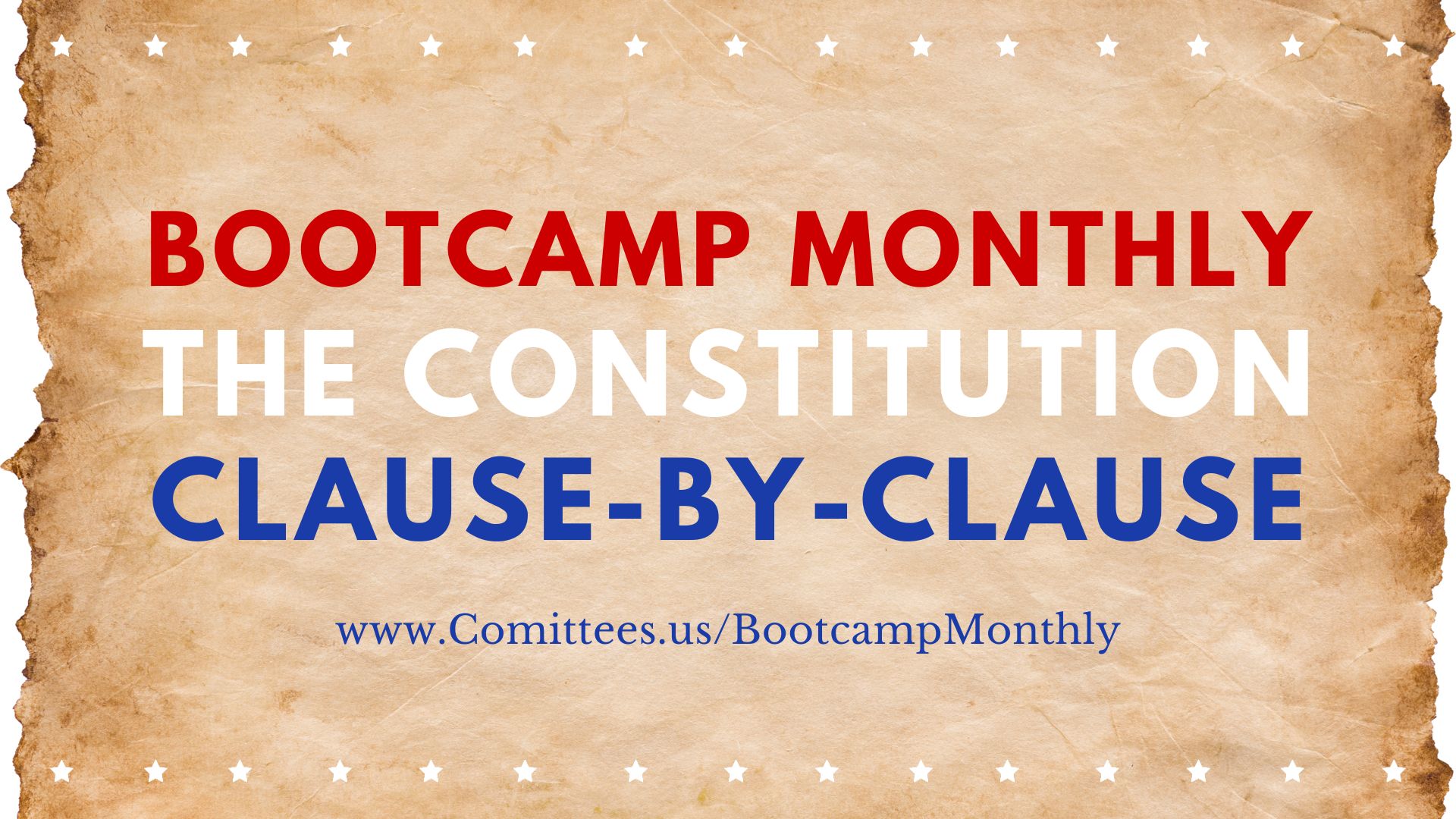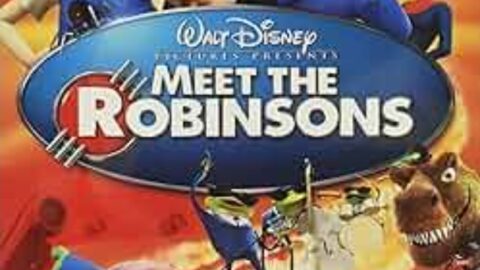The Iraq War of 2003 was more than a geopolitical conflict. It was a crisis engineered into a narrative — a story told so loudly, so confidently, and so repetitively that it bypassed the rational mind and burrowed into the unconscious of millions. The bombs fell on Baghdad, yes, but they also fell on the American psyche. Every headline, every speech, every image of mushroom clouds and vials of “anthrax” became seeds planted in our collective soil. Those seeds were not seeds of truth, but of fear, obedience, and amnesia.
That war revealed a chilling reality: crises are never wasted by those who understand how to weaponize perception. In the words often attributed to political strategists, “never let a good crisis go to waste.” The Iraq War was not only about removing Saddam Hussein — it was about reshaping how citizens think, how they trust, and how they surrender. Shock and Awe was designed to overwhelm not only an enemy army but the very capacity of ordinary people to question what they were told. It was a spectacle — bombs for the body, propaganda for the mind.
Two decades later, the residue of those seeds still lingers in the unconscious. They manifest in reflexive patriotism, in suspicion of “foreign enemies,” in obedience to authority when fear is invoked. The war conditioned us to equate dissent with disloyalty, to mistake access for truth, and to accept that “consensus” is the same as reality. Left unexamined, these seeds sprout in every new crisis — whether it be terrorism, pandemics, or wars in Ukraine and Gaza.
This is why revisiting the Iraq War is not optional. It is essential. The lies that fueled it are not relics; they are templates. If we do not drag them into the light, if we do not trace how they entered our subconscious, then they continue to live in us — whispering the same justifications, priming us for the next round of deception. By digging deep, by exposing propaganda as propaganda, we shrivel the bad seed. We reclaim the ground of our minds and leave no fertile soil for lies to grow again.
To remember truthfully is itself an act of liberation. To name the manipulation is to break the spell. And to pass forward truth, rather than lies, is to give future generations a chance to resist what we could not. The Iraq War may have been fought with bombs, but its legacy is fought in memory. If we do not reclaim our minds, the enemy will.
The Characters
John Walcott (Washington Bureau Chief, Knight Ridder)
- Archetype: The Watchman / The Reluctant Prophet
- Traits: Skeptical, stubborn, steady. He refuses to bow to consensus journalism or political pressure. He believes truth is more important than access.
- Inner Conflict: Knows his newsroom is small and outgunned by the giant media conglomerates, but feels a moral duty to keep publishing.
- Symbolism: Represents conscience in journalism — the last line of defense against the flood of propaganda.
Jonathan Landay (Knight Ridder Reporter)
- Archetype: The Dogged Investigator
- Traits: Tenacious, sometimes hot-tempered, focused on sourcing from analysts and ground-level experts instead of political appointees.
- Inner Conflict: Frustration that his work is dismissed by editors in his own company, and that truth doesn’t travel as fast as lies.
- Symbolism: Represents conscious resistance — the effort of the conscious mind to hold onto truth while being drowned by repetition and fear.
Warren Strobel (Knight Ridder Reporter)
- Archetype: The Doubter / The Steady Analyst
- Traits: More measured than Landay, quietly brilliant, careful with language and sourcing. He’s not as fiery, but he provides balance.
- Inner Conflict: Knows the public doesn’t want to hear bad news or “unpopular” truths, yet feels obligated to put the story out anyway.
- Symbolism: Represents subconscious resistance — slow, methodical, and skeptical of narratives that feel “too neat.”
John Walcott’s Father (appears in transcript tension)
- Archetype: The Old Guard / The Patriarch
- Traits: A WWII generation figure who believes in government authority and consensus news. Sees his son’s reporting as “unpatriotic” or dangerous.
- Inner Conflict: Loyalty to institutions vs. reality of corruption.
- Symbolism: Represents the unconscious conditioning of patriotism — the reflex to trust the state and its wars.
Judith Miller (New York Times Reporter)
- Archetype: The Stenographer / The Gatekeeper
- Traits: Confident, well-connected, addicted to sources in high office. She sees access as legitimacy.
- Inner Conflict: Possibly believes she’s serving the public, but has blurred the line between journalism and propaganda.
- Symbolism: Represents the corrupted subconscious — repeating official narratives until they become normalized “truth.”
Ahmed Chalabi (Exiled Iraqi Politician)
- Archetype: The Opportunist / The Pretender
- Traits: Charming, manipulative, presenting himself as “Iraq’s George Washington.”
- Inner Conflict: Knows he is lying, but believes the end justifies the means if he can secure power post-Saddam.
- Symbolism: Represents weaponized lies — disinformation pipelines that exploit the West’s hunger for simple narratives.
Dick Cheney (Vice President)
- Archetype: The Dark Strategist
- Traits: Cold, calculating, masters consensus-building through fear. His words (“smoking gun could be a mushroom cloud”) bypass logic and go straight to the unconscious.
- Inner Conflict: None. He knows exactly what he’s doing.
- Symbolism: Represents the deliberate psychological war — mastering fear as a governing tool.
George W. Bush (President)
- Archetype: The Frontman / The Performer
- Traits: Folksy, simple-sounding, appeals to patriotism and faith. Plays the role of “decider” but is more mascot than mastermind.
- Inner Conflict: Whether he fully believes the intelligence or just wants to act strong is ambiguous.
- Symbolism: Represents the actor-president — the face of policies scripted elsewhere.
The American Public (Composite Character)
- Archetype: The Collective Dreamer / The Distracted Giant
- Traits: Fearful after 9/11, trusting of authority, divided between loyalty and skepticism.
- Inner Conflict: Wants safety and revenge, but also feels the unease of being manipulated.
- Symbolism: Represents the human psyche itself — conscious doubts, subconscious conditioning, unconscious myths.
Each character embodied a larger struggle: truth versus access, independence versus careerism, courage versus compliance.
The Agencies
The CIA (Central Intelligence Agency)
- Archetype: The Master of Shadows
- Role in Transcript: The CIA was both the warehouse and filter of intelligence, but its leadership cherry-picked what fit the administration’s predetermined conclusion, leaning heavily on Chalabi’s INC fabrications for war. Dissent within the agency (career analysts, skeptics) was muted and silenced in favor of politically convenient “truths” and narratives were elevated.
- Symbolism: Represents the subconscious manipulator — creating layers of half-truths, hiding nuance, and pushing fear narratives (mushroom clouds, Saddam-al-Qaeda ties) that bypass reason and sink into emotional soil.
- Key Trait: Duality. While some CIA veterans knew the case was weak, the institution presented a united front to serve political masters.
The Department of Defense (DoD / Pentagon)
- Archetype: The War Engine
- Role in Transcript: The Pentagon played the “loudspeaker,” and ideological scaffolding that made invasion appear not only necessary but inevitable by amplifying selective intelligence to justify invasion. Rumsfeld’s “unknown unknowns” rhetoric exemplified how the DoD framed uncertainty as justification for action. The Defense Policy Board (chaired by Richard Perle): Framed military necessity around “WMDs” and Saddam’s supposed ties to terrorism. Their press briefings became theater, not analysis.
- Symbolism: Represents the muscle of the unconscious state — once fear is seeded, the DoD moves quickly to embody the myth: America as the avenger, defender, liberator.
- Key Trait: Momentum. Once set in motion, the machine of war is nearly impossible to stop, regardless of truth.
The White House / Executive Branch (Bush-Cheney-Rumsfeld “War Cabinet”)
- Archetype: The Storyteller / The Scriptwriter
- Role in Transcript: The White House was the central hub and command of propaganda and narrative construction — shaping talking points, staging speeches, and ensuring that “doubt” never reached the public sphere. It laundered false intelligence through the media and then cited the media as validation. Cheney especially crafted lines designed to override critical thought.
- Symbolism: Represents the unconscious architect — embedding myths (“Saddam = 9/11,” “Iraq = terrorism”) into the American psyche for decades.
- Key Trait: Control. They didn’t just set policy — they set the language, ensuring the press and public could only think in their frame.
The State Department
- Archetype: The Conflicted Messenger
- Role in Transcript: Powell became the reluctant salesman. His UN presentation — packed with shaky claims about aluminum tubes and mobile labs — gave international legitimacy to U.S. intelligence that insiders already doubted and their skepticism was buried.
- Symbolism: Represents the conscious rationalizer — the part of the system that knows truth is shaky but feels compelled to “make the case” to preserve unity and credibility.
- Key Trait: Ambivalence. Powell’s moral conflict (later admitting regret) shows how individuals can be co-opted into selling lies they don’t fully believe.
The Media (Mainstream Press, NYT, Networks, etc.)
- Archetype: The Chorus / The Gatekeeper
- Role in Transcript: Functioned less like watchdogs and the Fourth Estate, it became the delivery system to amplify the state talking points. Judith Miller and others ran stories fed by Chalabi and political appointees, laundering propaganda into “news.” Even the dissenting voices within Knight Ridder’s chain, the dissenting were sidelined because not all papers dared to print skeptical reporting.
- Symbolism: Represents the conscious filter gone rogue — instead of protecting the public, it handed over the mind to manipulation.
- Key Trait: Dependency. Addicted to access, afraid to lose their seat at the table, the media abandoned truth for proximity to power.
Knight Ridder (Independent Press Node)
- Archetype: David Against Goliath
- Role in Transcript: The exception that proved the rule. By relying on career analysts and field experts, not political appointees, they punctured the official story. But they lacked amplification and were drowned out by monopolized outlets.
- Symbolism: Represents the conscious resistance — the rational part of the collective mind that saw through the fog but couldn’t reach the body politic.
- Key Trait: Isolation. Their accuracy mattered little when the echo chamber decided what the public heard.
The Iraqi National Congress (Ahmed Chalabi’s Operation)
- Archetype: The Disinformation Factory
- Role in Transcript: Fed exiles and defectors’ stories directly into U.S. intelligence pipelines, which were then fed to journalists. Functioned as a shadow agency, manufacturing justification for war.
- Symbolism: Represents the invasive parasite — a foreign proxy manipulating the host nation’s unconscious fears for its own ends.
- Key Trait: Opportunism. Chalabi promised Washington the fantasy it wanted: to be “liberators” of Iraq.
Together, these agencies, organizations, and people formed a closed loop: intelligence was manufactured, laundered through “official” channels, spoon-fed to journalists, and re-presented as consensus truth.
The Iraq War exposed how government agencies became weapons of narrative warfare. These institutions did not safeguard the truth — they manufactured consensus reality, making lies stronger than facts.
The Countries
- Iraq: Framed as the target, painted as imminent threat despite lacking ties to al-Qaeda or WMDs. Saddam was cast as the archetype of the “mad dictator.”
- The United States: The battleground of consent. The war for Iraq was really a war for the American mind. Citizens had to be convinced that invasion was liberation. It was both actor and victim, its institutions weaponized to mislead its own people.
- Israel: Indirectly central, through policy papers like A Clean Break, which explicitly argued that Saddam must fall to secure Israel’s regional dominance.
- Britain: As America’s closest ally, served the echo-chamber for Tony Blair’s government as the role of validator, reinforcing the case for war to skeptical Europeans.
- Middle East at Large: The region became the stage for America’s archetypal enemies. After 9/11, the “terrorist Arab” narrative bled seamlessly into Iraq, Syria, and beyond.
Country Theme: Nations were not just actors on the world stage — they were symbols manipulated to fit the archetypes of fear, evil, and liberation.
The Themes
- Media Capture: Access journalism rewarded compliance, punishing dissent.
- Psychological War: Narratives framed Saddam as both Hitler and bin Laden, overwhelming the conscious mind with fear.
- Consensus vs. Truth: Most newsrooms echoed government lines; only Knight Ridder dug for reality.
- The Neocon Web: Ideology shaped data, not the other way around.
- Truth vs. Consensus: Knight Ridder sought truth, but consensus drowned them out. History rewards conformity, not accuracy.
- Intelligence as Weapon: Data was not gathered to inform — it was cherry-picked to justify. This inversion turned agencies into propaganda machines. Facts bent to fit policy.
- Fear as Fuel: WMDs, mushroom clouds, terrorism alerts, anthrax — fear bypassed reason and embedded itself in the subconscious, normalizing compliance.
- Archetypes and Myths: Saddam as the “evil tyrant,” America as the “liberator,” Arabs as “terrorists.” These symbols outlived the facts, embedding themselves into the unconscious.
- Silence and Complicity: Journalism died not with censorship, but with silence. By failing to amplify dissent, the media ensured lies became “truth.”
- Psy-War Doctrine: Shock and Awe was not just military — it was psychological. Overwhelm, confuse, and numb until resistance collapses.
- Courage and Cost: The few who resisted paid a professional price. Their courage preserved truth but could not stop the war machine.
Richard Perle and the Neocon Network
No discussion of Shock and Awe is complete without Richard Perle. Known as the “Prince of Darkness,” Perle was one of the most influential neoconservatives of the late 20th century.
- A Clean Break (1996): Co-authored by Perle for Israeli Prime Minister Benjamin Netanyahu, it explicitly called for regime change in Iraq, Syria, and Iran — long before 9/11.
- Project for a New American Century (PNAC): Perle and his allies, like Paul Wolfowitz and Douglas Feith, laid out the blueprint for American dominance through preemptive wars.
- Defense Policy Board: As chair, Perle steered Pentagon discussions toward Iraq as the centerpiece of U.S. Middle East strategy.
Perle was not just an adviser; he was the ideological engine. His doctrines gave coherence to Chalabi’s lies, CIA cherry-picking, and Judith Miller’s reporting. The “facts” were retrofitted to a worldview that Perle had already articulated: America must topple dictators to secure both U.S. and Israeli strategic dominance.
Why This Matters
The Iraq War was not a failure of intelligence alone. It was a success of narrative engineering.
- Agencies cherry-picked.
- Journalists echoed.
- Chalabi fabricated.
- But Perle and the neocons provided the script.
Without A Clean Break and PNAC, the Iraq War narrative would have lacked intellectual justification. With them, every false report, every WMD headline, every Chalabi claim found fertile soil.
The Final Warning
Shock and Awe shows us the anatomy of manufactured consent. The war was fought with bombs, but won with stories — stories crafted by neocon architects like Richard Perle, laundered through the CIA, and blasted into the American psyche by a compliant media.
And while Knight Ridder reporters stood as Davids against the Goliath of consensus, they were drowned out. Their warnings remind us: when ideology dictates facts, when access trumps truth, the result is not just bad policy — it is war.
Conclusion: A War of the Mind
The Shock and Awe transcript is more than history — it is a manual for understanding how power manipulates perception.
- Characters show us the human cost of complicity and courage.
- Agencies show us how institutions become tools of propaganda.
- Countries reveal how nations themselves are turned into archetypes.
- Themes expose the psychological mechanics of control.
The real war was never just in Iraq. It was always in the American mind — and by extension, in the minds of citizens everywhere.
Until people learn to defend their conscious, subconscious, and unconscious layers, the same playbook will be replayed — in Iraq, in Covid, in Ukraine, and in crises yet to come.







